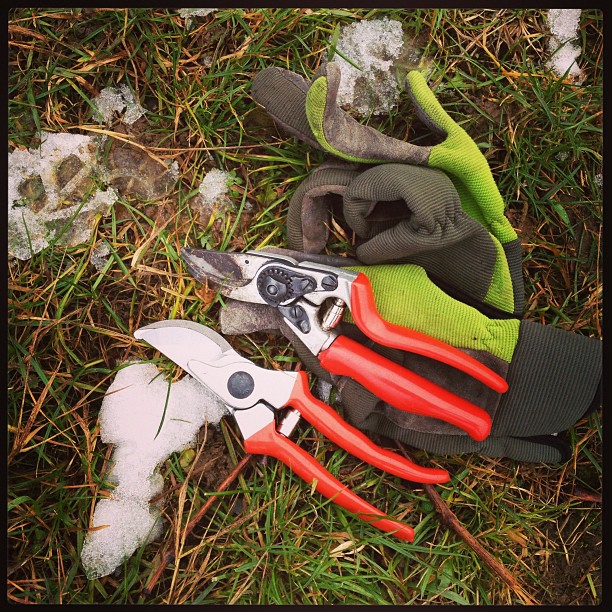While most gardening tasks do not start until the growing season begins, you can get your new year off to a good start when you prune trees and shrubs this winter. This will help them be ready for when the temperatures warm up and your landscape springs to life.
Why Prune Trees and Shrubs in Winter?
When you prune away parts of a plant properly, it can stimulate new growth to occur. If you did this process in the summer, it might be stressed due to lack of water and higher temperatures. You can do some in fall, but it needs to be earlier in the season if you do. If the tree or shrub produces new growth right before a frost, it might become damaged and hurt the plant.
If you prune them during the winter while the plants are dormant, they will naturally wait until they wake up in spring to start producing new growth. It is also often easier to see where to prune since the leaves have fallen away and the structure of the branches is revealed.
Check with us, your extension service or your local garden center to see when your various plants may need pruning and how much. Do not prune your evergreens until the end of winter or at the start of spring unless necessary, as in the case of a branch that is broken and dangerous. These species do not fully go dormant and may start sprouting in warm weather. In general, evergreens do not need much pruning period.
You will also want to wait to prune trees like maples and birches. These have high levels of sap developing early in the year and the wounds can bleed a lot if pruned too early.
Know How Much to Prune Trees and Shrubs in Your Garden
Trees, shrubs and perennials vary in how much you need or should prune them each year. Some do not need yearly pruning and can possibly even be harmed by the practice. Some like fruit trees need specific cuts to help them maintain a certain shape that is best for production and growth. Others (some shrubs and perennials like ornamental grasses) will happily tolerate being cut right down to the ground each year and will bounce back once the temperatures rise.
As a general rule, it is fine (and necessary) to remove any parts that have become dead, diseased or damaged as they will affect the structure and health of the plant. You may need to sterilize your pruners after each plant if diseases are present.
What will you be pruning this year?
Image by barockschloss under a Flickr Creative Commons Attribution License



